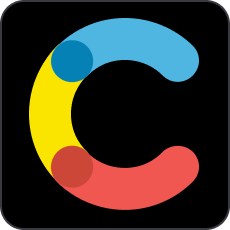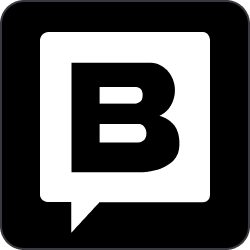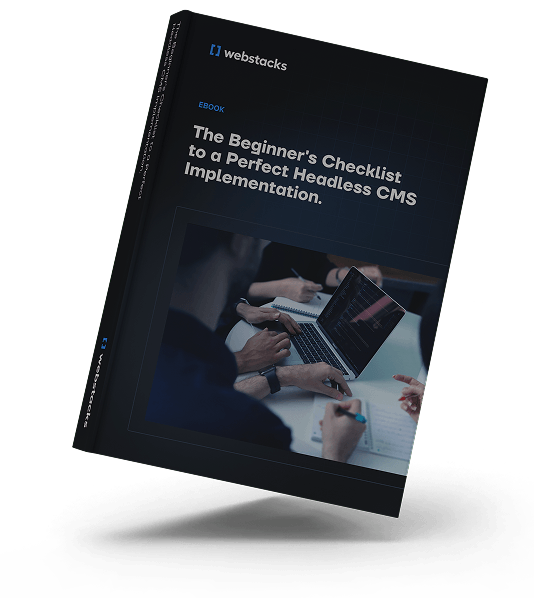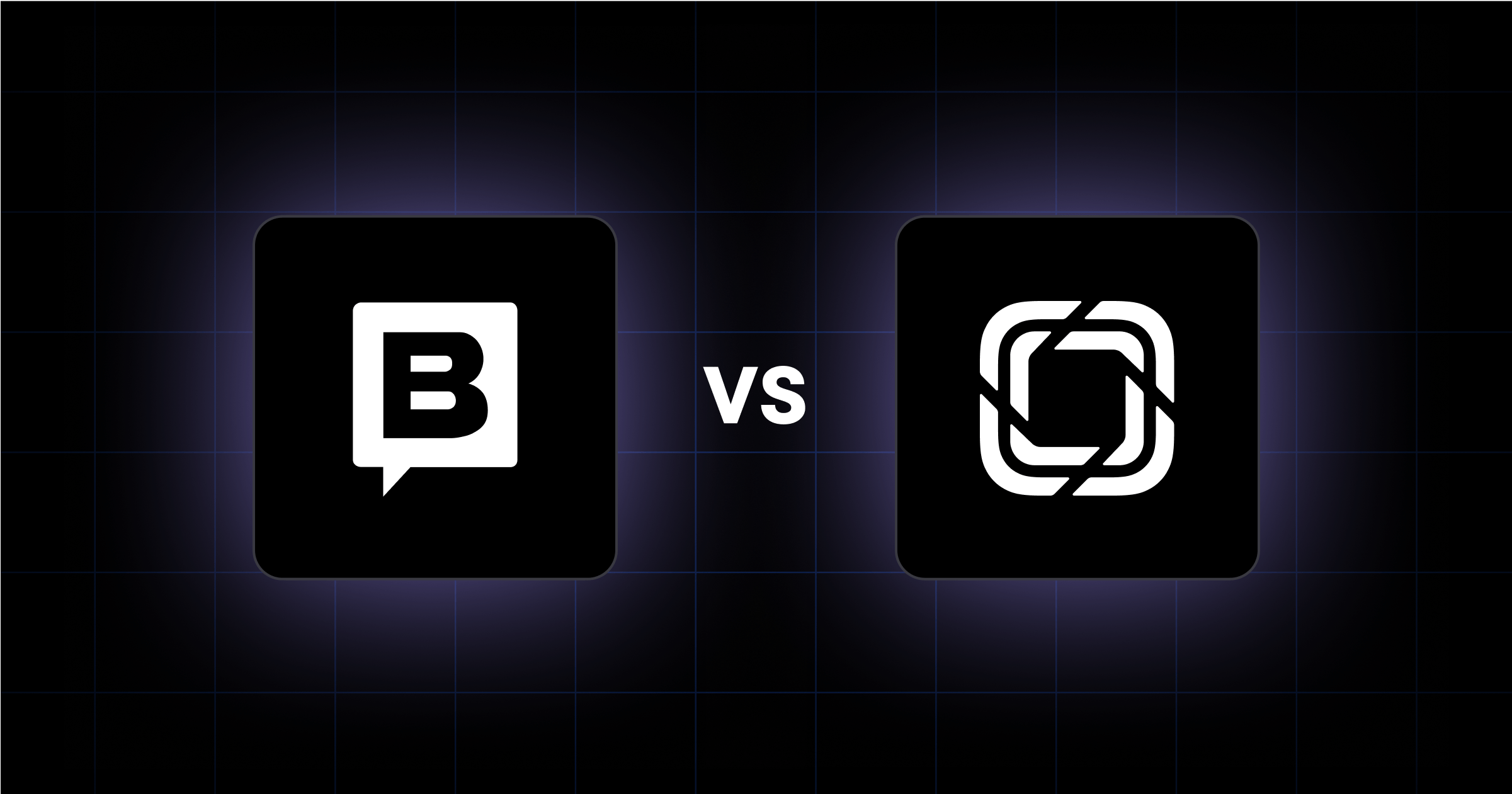If you're comparing Contentful vs Storyblok, you're probably not just shopping for features. You’re trying to find a CMS that actually fits the way your team works.
Maybe you’ve got a lean dev team building out a composable architecture. Or maybe your marketers need to launch landing pages quickly without filing a ticket every time. Either way, this decision is less about headless vs visual and more about aligning tools to workflows.
At Webstacks, we help fast-growing B2B companies build scalable digital experiences and we’ve implemented both Contentful and Storyblok across dozens of teams. Each platform brings something different to the table, and which one works best depends on how your content flows, who owns it, and how fast you need to move.
This guide will walk you through real-world use cases, help you identify your team’s style, and give you a clearer sense of which platform will support your growth.
What Kind of Team Are You Running?
One of the biggest indicators of which CMS is right for you isn’t your industry or company size, but how your team works.
Are you developer-led with a focus on customization and control? Or is your marketing team driving the content engine and pushing for speed and independence?
Here’s how we see these two approaches show up in the wild:
Profile 1: Developer-Heavy, Architecture-First
You have a strong in-house dev team or work with a technical agency, building a composable stack with performance and scale in mind.
- You prioritize flexibility, not templates
- Your content model is complex, often with nested relationships and custom validation logic
- Your marketers are comfortable working in structured form-based editors
- You're deploying to multiple frontends and channels (web, app, portal, etc.)
- You care about versioning, branching, and seamless integration with your CI/CD pipeline
If that sounds like your setup, Contentful tends to be the better match. It’s designed for developers first, with APIs, structured content modeling, and deep extensibility that supports large-scale systems.

Profile 2: Content-Led, Marketing-Driven
Your marketing team is moving fast and wants to control the site experience without relying on developers for every change.
- You launch campaigns frequently and value speed over complexity
- Your marketers need to see what content will look like before hitting publish
- You want reusable content blocks but also the ability to visually build pages
- Developer time is limited, so autonomy matters
- You care about localization, but you need it to be intuitive
If this is your world, Storyblok tends to win. Its visual editor gives marketers real independence, and its component-based setup balances structure with flexibility, reducing the need for constant developer intervention.

Of course, some teams fall somewhere in between. That’s why the next section focuses on how each platform behaves in specific workflows, so you can map their strengths to your day-to-day needs.
How Each CMS Handles Key Workflows
Many of the teams Webstacks works with are in transition from a traditional CMS like WordPress or Drupal to something more modern and scalable. They’re looking for platforms that reduce bottlenecks, improve collaboration, and actually support how their team works today.
Here’s how Contentful and Storyblok handle day-to-day workflows that B2B marketing and development teams care about.
Content Modeling
Let’s say you're migrating off WordPress, and your team needs to untangle years of rigid templates, shortcodes, and custom fields.
Contentful offers a fresh start. Its schema-based content modeling lets developers build structured, reusable types from the ground up. You define exactly how content should be organized, whether that’s for a blog, a complex product catalog, or multi-region microsites. It’s clean, scalable, and version-controlled.
Storyblok takes a different approach. Rather than starting with schemas, it leans into visual nesting. It uses components as building blocks that content editors can arrange and repurpose. It's flexible, but it requires developers to set up those blocks first.
Once that's done, marketers can build pages without touching code.
Launching a New Landing Page
This is one of the most common pain points we hear: “We can’t launch without developer help.”
With Contentful, developers set up reusable templates, and marketers fill in the structured fields. It’s efficient, but requires mental mapping. Editors are often working in form-based interfaces, not visual ones. Previews are available, but not native to the editing flow.
In Storyblok, launching a page feels more like building in Webflow or Elementor, but with the benefits of a headless backend. You can see your changes in real-time, drag-and-drop content blocks, and tweak layouts without submitting a dev ticket.
Multilingual Content
If you’re expanding globally, content localization matters. And it gets messy fast on traditional platforms.
Contentful gives you granular control over localization. You can specify which fields need translation, manage fallback languages, and keep content centralized. It’s a favorite for companies managing multi-region content strategies.
Storyblok supports localization too, but its UI makes the experience more intuitive for content teams. Switching between language versions is easy, and because you’re working visually, it’s simpler to spot inconsistencies across locales.
Collaboration Between Dev and Marketing
In WordPress workflows, devs and marketers often trip over each other or break each other’s work.
Contentful fixes this with structured roles, environments, and a clear separation of concerns. Developers own the schema and architecture. Marketers own the content. No plugin conflicts, no rogue page builders.
Storyblok bridges the gap in a different way: through its visual editor. Developers still build components, but once those are live, marketers can assemble pages visually without writing code. It’s a great middle ground for fast-moving marketing teams with limited dev capacity.
Scaling Across Regions or Channels
Scaling on WordPress or another traditional CMS? That’s usually when teams call us.
Contentful was designed for this. Its cloud-native architecture, powerful APIs, and localization model make it ideal for omnichannel publishing and multi-market scale. If you’re distributing content across web, app, and even internal tools, Contentful keeps everything consistent.
Storyblok can scale too, and it does so with less technical overhead for the average team. Its reusable blocks and visual editor make it easy to create region-specific pages and maintain brand consistency.
What Our Clients Are Choosing and Why
The Webstacks team has worked with dozens of companies that reached a tipping point with their traditional CMS. The pain points are familiar: slow time-to-publish, dev bottlenecks, clunky plugin conflicts, and rigid templates that don’t scale across teams or regions.
When these companies look for a more modern solution, they usually have one big question: “Which platform fits the way we work?”
Here’s what that choice has looked like in practice.
ServiceTitan: Contentful for Scalable Content Architecture
ServiceTitan, a leading SaaS platform for home and commercial services, recognized the need to improve their digital presence to support their rapid growth. Their existing website infrastructure was not keeping pace with their evolving business needs, leading to challenges in content management and scalability.
To address these issues, ServiceTitan partnered with Webstacks to revamp their website infrastructure. The collaboration focused on implementing a modular design system and transitioning to a headless CMS architecture using Contentful. This strategic move enabled ServiceTitan to:
- Improve content management: By adopting Contentful, ServiceTitan gained a more flexible and scalable content management system, allowing for easier updates and maintenance.
- Enhance developer efficiency: The modular design system facilitated better collaboration between developers and content creators.
- Support business growth: The new infrastructure was designed to scale with ServiceTitan's growth, so that their digital presence could adapt to increasing demands and evolving business objectives.
This transformation modernized ServiceTitan's digital infrastructure and positioned them to better serve their customers and support their expanding operations.
Justworks: Faster Web Launches with Modular Design and Contentful
Justworks came to Webstacks with a challenge we hear often: “We need to move faster.” Their marketing team was ready to launch new campaigns and content, but their existing CMS setup made it tough to scale without leaning heavily on developers.
We restructured their Contentful implementation and introduced a modular design system, making it easier to reuse layouts, components, and content across the site. The result was a content engine that puts the marketing team in control.
Now, Justworks can spin up new landing pages and launch experiments without relying on engineering for every update.
Questions to Ask Before You Choose
When you’re weighing Contentful vs Storyblok, there are a few key questions to ask:
- How technical is your team? Do you have in-house devs ready to build and maintain content models? Or do your marketers need more independence?
- Do you need visual editing? Would a WYSIWYG interface help your team move faster, or are structured forms sufficient?
- How complex is your content model? Are you managing deeply nested relationships, or mostly modular pages with repeatable components?
- Who owns content publishing? Is it dev-driven, marketing-led, or a hybrid? The answer changes how workflows should be structured.
- What does “scale” mean for you? Are you expanding into new regions? Launching microsites? Going omnichannel? Your CMS needs to keep up.
- Are you replacing WordPress (or another traditional CMS)? If so, how different do you want the editing and development experience to feel?
It’s a good idea to test both platforms in a focused proof-of-concept before making a full commitment.
Still Weighing Your Options?
If Contentful or Storyblok doesn’t feel like a perfect match just yet, feel free to explore several platforms before landing on the right fit.
Here are a few others worth considering based on where your team is headed:
- Sanity: Ideal for developer-heavy teams that want full control over custom content models, editorial workflows, and schema-driven design systems.
- Builder.io: Great for marketers who want total visual control over content and layout, without needing to write code or rely on devs.
- Webflow: Best for smaller teams managing a single marketing site who want an all-in-one design and content platform.
Not sure which direction to go? Start here:

We break down how to approach your CMS transition, whether you're replatforming from WordPress or building something new from scratch.
You can also consult our other CMS guides:
Choose the CMS That Supports the Way You Work
Whether you’re transitioning off WordPress or scaling into your next stage of growth, your CMS should make your team faster.
Contentful gives developers full control over structure, scalability, and multi-channel delivery. Storyblok empowers marketers with visual editing and flexible components that speed up publishing.
Both platforms are powerful. The right one depends on how your team collaborates, creates, and scales digital experiences.
Webstacks has helped B2B teams of all sizes evaluate and implement both. If you’re still deciding, we’re happy to guide you through the process.




